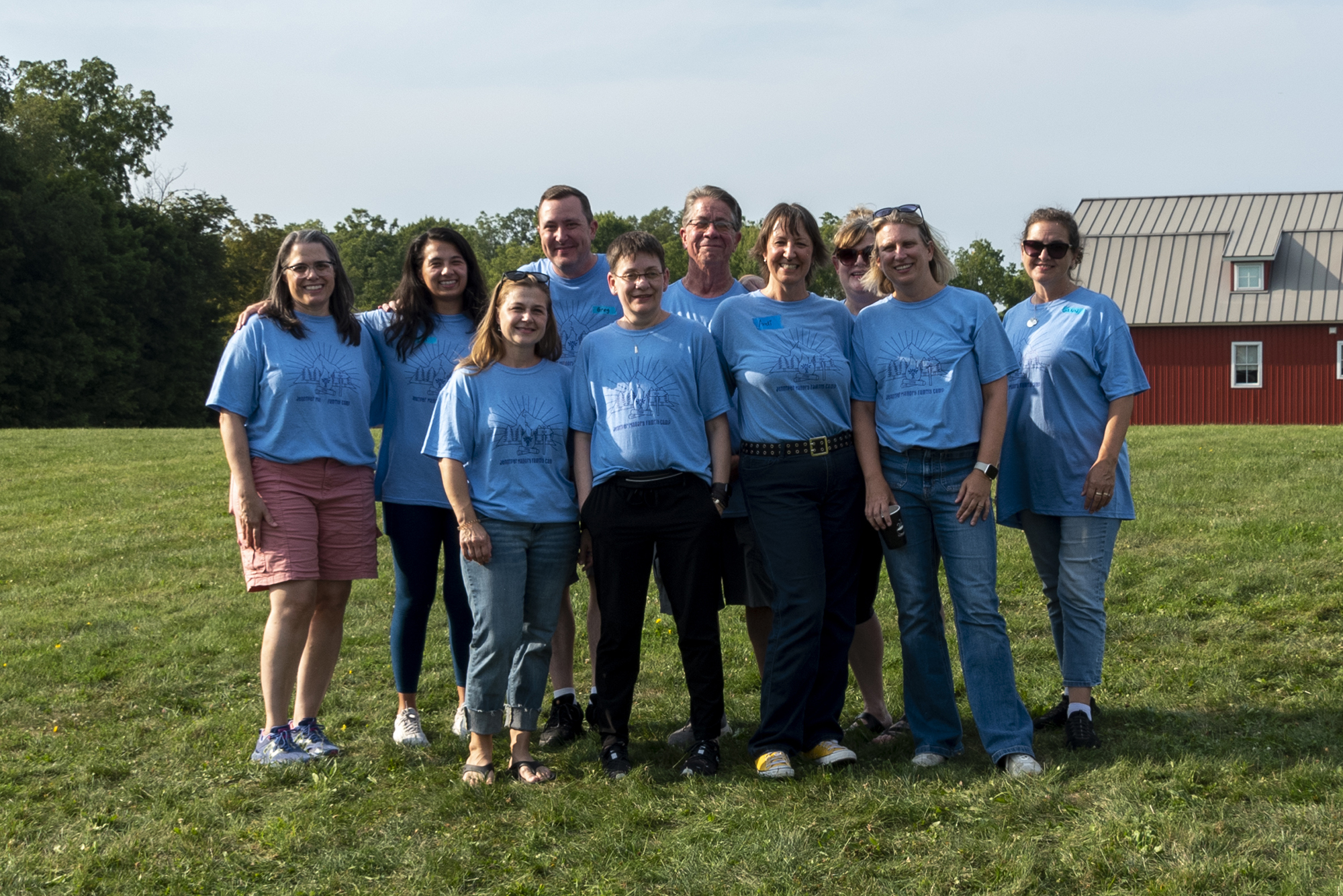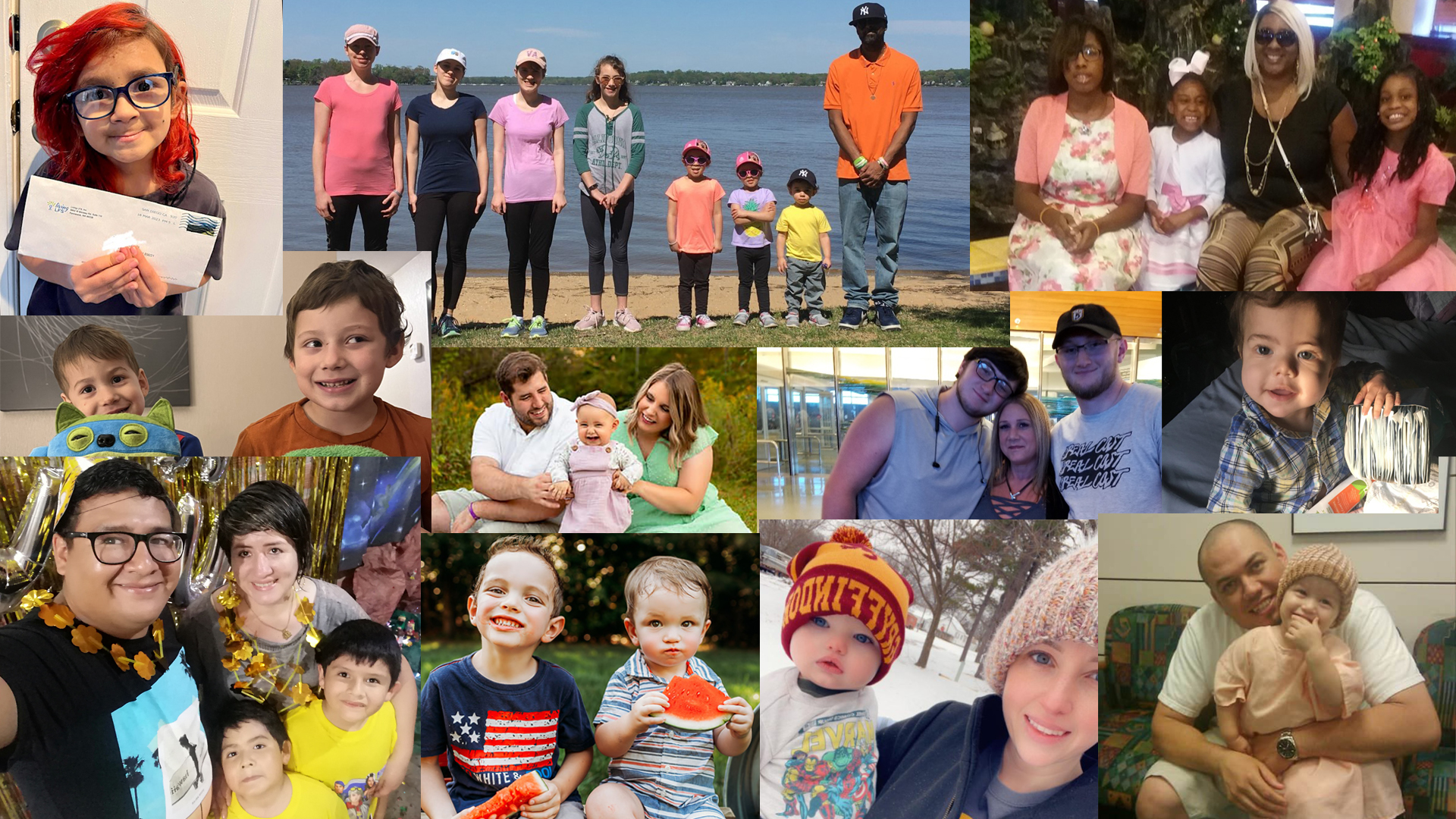George Pantziarka
George Pantziarka was only 2 years old when he was diagnosed with his first cancer. George was diagnosed again with cancer at the age of 15, then only months later with an osteosarcoma. After this third diagnosis, George was tested and diagnosed with Li Fraumeni Syndrome, possibly inherited from his mother who died from ovarian cancer when he was only a year. Sadly, George passed away in 2011 at the age of 17 and is missed very much by his family and friends.George, his father Pan and other family members found information on TP53 mutations and Li Fraumeni Syndrome very difficult to come by. They noticed that "While LFS and other congenital TP53 disorders are rare, the fact remains that there is little awareness of the issue, both amongst the general population and also amongst the medical profession. There are no support groups, no charities, no central information resources and currently no central registry of sufferers. For those families with LFS or other TP53 disorders, it can be a lonely and frightening existence, with children and adults alike succumbing to one or more cancers." George and Pan talked about starting a website for this special group of people, unfortunately George succumbed to cancer before this dream was realized. Pan discussed this issue with several doctors and researchers and decided to set up the George Pantziarka TP53 Trust in George's memory. They launched a website and forum as a place where those interested or affected by LFS could come together and find support and community. " The aim is to provide support to families and individuals, to provide information to all, and to help foster understanding and research into the condition."
The George Pantziarka TP53 Trust Website
Besides providing a place for folks with LFS to get information and talk to others with similar concerns, Pan began collecting information and research on the syndrome. His goals for the Trust include starting a registry in the UK that would serve as a database to record who has Li Fraumeni Syndrome and other associated tp53 cancers. Through his continued research, Pan found several pieces of information that didn't quite gel with the traditional line of thinking about p53 mutations and cancer. His research and hypothesis was recently published in the scientific journal Cancer Cell International and Pan graciously agreed to share how he got started on his research and what it means for the LFS community. The published article can be found here: Li Fraumeni Syndrome, Cancer and Senescence: A New Hypothesis
Pan Pantziarka on Li Fraumeni Syndrome, Cancer and Senescence: A New Hypothesis
The starting point for my research was the feeling that something didn’t add up in the standard view of Li Fraumeni Syndrome. The ‘two hit’ theory of cancer in LFS says that a second genetic mutation is what triggers the disease. In people with normal TP53 function most mutations trigger the p53 response which kills the cell carrying the mutated gene. So in non-LFS individuals two or more mutations are required for cancer – the first to knock out the p53 response and then a second to cause the cancer. In this view of things, LFS patients are at greater risk because the p53 response is already mutated. It only takes a first hit to cause cancer, making it more likely that cancer occurs in LFS.
But while it’s an appealing simple story, there are certain features of LFS that don’t fit in with this theory – or else they aren’t easily explained. The most obvious of these is that cancers in LFS don’t match the cancers in the general population. Why is it that LFS patients are more likely to get sarcomas or adrenocortical carcinomas rather than lung cancer or prostate cancer? Indeed, there is no evidence that LFS patients are more susceptible to lung cancer than the general population – why should this be the case?
There are other features of the syndrome that are hard to explain. For example all cells contain telomeres, these function like cellular clocks and they are linked to aging. But analysis of cells from LFS families show that those who have LFS have shorter telomere lengths than close relatives who don’t have LFS. What’s more LFS cells show odd patterns of aging and immortalisation in the test tube. Where do these phenomena fit in with the standard ‘two hit’ theory?
While I’m not a medical researcher, I do have a PhD and I’m used to reading scientific literature. After my son, George, was diagnosed with LFS – after being diagnosed with his third primary cancer, the osteosarcoma that finally killed him in April 2011 – I started reading and researching all I could on cancer in general and LFS in particular. Long before he died, George had discussed with me the idea of starting a web site and had designed a logo for me and we had talked of it as something we would do together. After he died I carried on, determined that I would put the knowledge I had gathered to good use (the site it www.anticancer.org.uk).
It was while reading of the work of Professor Michael Lisanti and his colleagues on cancer, metabolism and aging that the idea occurred to me that here was a new theory that could make sense of some of these phenomena in LFS. The more I thought about it the more it made sense. In fact it seemed so obvious in some respects that I thought I must be missing something. I approached Tony Howell, one of Michael Lisanti’s colleagues in the UK, thinking that he would point out some obvious fact that I had missed, but the reverse happened. He was intrigued by the idea and rather than sending me on my way he actually involved some of his co-workers, including Lisanti and Professor Gareth Evans (who has done a lot of work in LFS).
They were encouraging and so I persevered. It took many months before the paper was finally published in a peer-reviewed cancer journal. I hope George would have been proud of what I had done in his name.
The theory is simple. It suggests that LFS patients are at greater risk of cancer, and the specific types of cancers they suffer, not just because of mutated TP53 but because their bodies are primed with certain pre-conditions that make them a good home for cancer cells. The shortened telomeres make chromosomal damage more likely, the body already has high levels of oxidative stress which cancer cells can use to make the environment more conducive, cells called fibroblasts more readily become senescent and thus can be transformed in such a way as they supply food to cancer cells they come into contact with.
So my hypothesis suggests it’s not just a mutated gene involved, but a number of factors that prime the LFS sufferer for cancer. Now this might sound like even more bad news. But it’s not. I think my theory offers grounds for hope. While there’s not much that a person can do to change a mutated TP53 gene, there is something that can be done to change this ‘priming’. And, if my theory is correct, by changing the internal environment so that it’s less ‘primed for cancer’, the person with LFS can reduce the risk of cancer.
This is the big thing for me. I think we should be much more ambitious is our approach to LFS. Yes it’s important to get the best screening protocols in place. Yes we need to know more about the mechanics of TP53 mutations. But what about the research into active cancer prevention in LFS? What are the strategies that LFS sufferers can take to reduce the incidence of cancer?
In my paper I identify to drug candidates for cancer prevention in LFS. The first is the anti-diabetic drug metformin. This has the greatest potential of any drug to reduce cancer incidence in LFS in my opinion. I am currently working with a number of partners to try and set up a clinical trial of metformin for cancer prevention in LFS. The second drug is chloroquine, which is a drug used to treat malaria. It’s also being used in trials against cancer. I believe it too has great potential to reduce cancer incidence in LFS.
Finally, I think there are other avenues that will be worth exploring. Low dose aspirin, dietary alterations, anti-oxidants and other non-toxic and low cost options are also worth exploring.
When we started the George Pantziarka TP53 Trust we intended to support patients and families and to encourage research, what we hadn’t planned was that we would be carrying out some of the research. It won’t bring my lovely son back, nor Gina, his mother (who died of ovarian cancer at age 29), but if we can help other people avoid cancer then it would be a fitting way to remember them.


